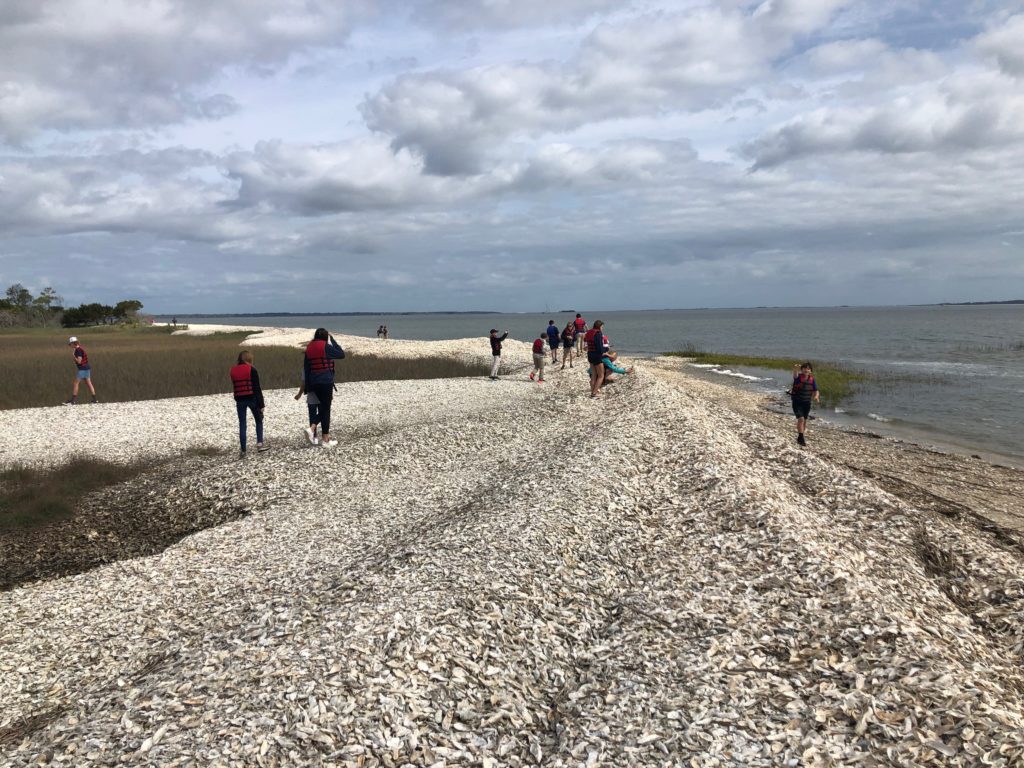
In this unit, students will investigate how nature-based solutions can be utilized to solve problems in their communities. Oysters are the star, with opportunities for students to investigate their biology and ecology. From their role as a keystone species and the ecosystem services they provide to their value as shoreline protectors and a food source, oysters are an integral part of Georgia’s coast. At the culmination of the unit, students will work in teams to solve a problem in their community using a nature-based solution.
The unit is written as a series of four 5E lesson plans, and a final project. Each lesson plan will take between 1-2 weeks to complete. Feel free to use the entire unit, or selected lesson plans.
This project-based learning unit was made possible through Marine Extension and Georgia Sea Grant’s McGowan Fellowship which funds K-12 teachers to develop innovative and interactive marine science education curriculum and classroom materials.
Authored by Katie Holliday (Tybee Island Maritime Academy), McGowan Fellowship recipient 2023 and Marine Extension and Georgia Sea Grant’s Dodie Sanders (Marine Educator), Katie Higgins (Marine Educator) and Tom Bliss (Shellfish Research Lab Director).
Georgia Standards of Excellence
The information in this course aligns with the following Georgia Standards of Excellence for Environmental Science:
- Lesson One: SEV1a, SEV1b, SEV2d
- Lesson Two: SEV1c, SEV1e, SEV4a
- Lesson Three: SEV2a, SEV2b, SEV4b
- Lesson Four: SEV5a, SEV5c
- Culminating Project:SEV5d

